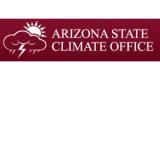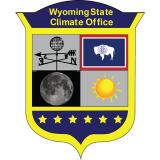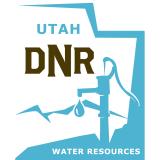For the latest forecasts and critical weather information, visit weather.gov.
Snow Drought in Much of the Intermountain West Region Despite El Niño
Key Points
- Drought has expanded in the southern portion of the Intermountain West. As a whole, 37% of the region is in Moderate to Exceptional Drought (D1-D4), according to the U.S. Drought Monitor.
- The Colorado Basin River Forecast Center reported the Fall Model for the Upper Colorado River Basin was 60%–90% of average and the Lower Colorado River Basin Fall Model was 35%–60% of average October–December precipitation.
- As of January 25, 2024, snow water equivalent (SWE) in the Upper Colorado River Basin is 85.06% of median, and the Lower Colorado River Basin sits at 68.5% of median. These below-normal SWE conditions could impact the timing and magnitude of spring runoff.
- El Niño typically brings wetter winters to the Southern U.S., including New Mexico and Arizona. El Niño is expected to continue for the next several months, with ENSO-neutral conditions favored during April–June 2024 (73% chance) according to the NOAA Climate Prediction Center (CPC).
- Temperatures across the Intermountain West region from December 25, 2023–January 23, 2024 varied, with southern New Mexico, central Arizona, central Colorado and western Utah reporting temperatures 1–6 °F below average. Eastern Colorado was 9–12 °F below normal; Utah was 0-6 °F above normal in the north central and northeast part of the state and normal to below normal for the southwest corner of the state.
- Precipitation across the Intermountain West states from December 25, 2023–January 23, 2024 varied between 3 inches below normal in many areas to 3 inches above normal.
- Colorado and New Mexico are experiencing dry soil moisture. Soil moisture at 20cm depth falls between the 20th–30th percentile of historical measurements for this day of the year in most of Colorado and the north central portion of New Mexico.
The U.S. Drought Monitor is updated each Thursday to show the location and intensity of drought across the country. This map shows drought conditions across the Intermountain West using a five-category system, from Abnormally Dry (D0) conditions to Exceptional Drought (D4).
U.S. Drought Monitor
D0 - Abnormally Dry
Abnormally Dry (D0) indicates a region that is going into or coming out of drought, according to the U.S. Drought Monitor. View typical impacts by state.
D1 – Moderate Drought
Moderate Drought (D1) is the first of four drought categories (D1–D4), according to the U.S. Drought Monitor. View typical impacts by state.
D2 – Severe Drought
Severe Drought (D2) is the second of four drought categories (D1–D4), according to the U.S. Drought Monitor. View typical impacts by state.
D3 – Extreme Drought
Extreme Drought (D3) is the third of four drought categories (D1–D4), according to the U.S. Drought Monitor. View typical impacts by state.
D4 – Exceptional Drought
Exceptional Drought (D4) is the most intense drought category, according to the U.S. Drought Monitor. View typical impacts by state.
The U.S. Drought Monitor is updated each Thursday to show the location and intensity of drought across the country. This map shows drought conditions across the Intermountain West using a five-category system, from Abnormally Dry (D0) conditions to Exceptional Drought (D4).
The U.S. Drought Monitor updates weekly on Thursdays, with data valid through the previous Tuesday at 7 a.m. Eastern.
Current Conditions in the Intermountain West
- As of January 23, 2024, 37% of the Intermountain West region is experiencing Moderate to Exceptional (D1–D4) drought.
- Arizona: 63.4% of the state is in drought (with an estimated 4.5 million residents in drought areas). Long-term Moderate to Severe (D1–D2) drought expanded in western and central Arizona, and Severe to Extreme (D2–D3) drought persists in central and southeastern Arizona.
- Temperatures in Arizona varied. The state had its 5th warmest and the 26th driest October–December.
- As of January 23, 2024, central Arizona reservoirs (Salt and Verde systems) are currently 81% full, and SWE is below median for most basins, with the Lower Colorado basin at 62% of median. Snowpack in the Salt basin is 44% of 2023 SWE levels, and the Verde basin is 20% of 2023 SWE levels.
- Colorado: 27.8% of the state is in drought (with an estimated 426,800 residents in drought areas).
- Temperatures from December 24, 2023–January 22, 2024 were cooler than average for the central to eastern region of the state, ranging from 6–12 °F below average. The western portion of the state was between 1–3 °F above average.
- Precipitation varied across the state over the same period. The eastern part of the state received between 130%–230% above–average precipitation, while the western and central region was between 5%–80% of average.
- Current snowpack and SWE levels across the state have had a slow start and are currently 87% of normal. The Yampa, White, Upper Colorado, North and South Platte, and Gunnison basins are close to 100% of normal. However, southern ranges are below median for this time of year. Current deficits have been accrued over the last six months, since the state was drought-free in July 2023. Statewide reservoir storage is still above average. Major western Colorado reservoirs such as Lake Granby, Blue Mesa, and McPhee Reservoir are all in normal operating range.
- New Mexico: 93% of the state is in drought (with an estimated 2 million residents in drought areas). Extreme and Exceptional (D3–D4) drought persisted across southern New Mexico and developed in the north central and northwest part of the state.
- Temperatures from December 24, 2023–January 22, 2024 ranged from 2–10 °F below normal, with the coldest temperatures found in the west central and far northeastern parts of the state.
- Precipitation varied across the state, with the southeast receiving 0%–50% of average precipitation and the higher elevations in the western and northern parts of the state receiving up to 130%–150% percent of average precipitation.
- Current snowpack and SWE ranges between 82%–153% of median for the northern mountains, 96%–103% of median for southeastern mountains (Gila), and only 42% of median for the Rio Hondo range.
- Utah: 8.9% of the state is in drought (with an estimated 24,800 residents in drought areas).
- Temperatures were above average for the month of December and into early January, with temperatures 2–4 °F above normal in December. The first three weeks of January have seen most of the state running 1–3 °F above normal, with areas of 1–3 °F cooler than normal in the southwest corner of the state and 4–6 °F warmer than normal in the northeast corner of the state.
- Precipitation activity has been focused more on northern and central Utah, where snow totals are 80%–120% of normal.
- Southern Utah snowpack and seasonal precipitation are only 60%–80% of normal for this point in the season. Overall, the state’s total snowpack sits at 102% of normal for this time of year, with soil moisture similarly normal.
- Wyoming: 6.4% of the state is in drought (with an estimated 25,500 residents in drought areas).
- Temperatures over the last 30 days were well below average, except for parts of the Green and Bear Basins, where temperatures have been up to 3 °F above average. The remainder of the state has been between 3–10 °F below average. This departure was skewed by extremely cold temperatures that covered the state from about January 10–20.
- Precipitation over the last 30 days in the Wind River Range and the northwest corner of the state have the greatest negative departures from normal, with Teton and western Park Counties with more than 2 inches below average. Most of the state has been within +/- 0.5 inch of average; the north and central to south-central regions were slightly below average, and the southwest and southeast saw amounts slightly above average.
- Snowpack is well below average statewide, with the exception of the Bear River Basin, which is currently at 104% of the 1991–2020 median. The South Platte in Wyoming is at 26% of median, the lowest basin is the Powder River at 53%, which is an all-time (1981–2024) minimum snowpack. Nine other basins are at or lower than the 10% of median.
Average Maximum Temperature Departure from Average: Last 30 Days
Key takeaway: December 25, 2023 through January 23, 2024 was cooler-than-normal for the majority of the Intermountain West.

Percent of Normal Precipitation: Last 30 Days
Key takeaway: For December 24, 2023–January 22, 2024, precipitation was 0%–50% below normal for the southeastern and central regions of New Mexico and between 0%–25% below normal for central Arizona. Much of Utah was between 25%–50% of normal, along with portions of south central and southwestern Colorado.

Intermountain West Drought Impacts
The impacts from low seasonal snowpack to date and below-average snow water equivalent (SWE) in many basins across the Intermountain West is shown in the maps below, which highlight basins with average to below-average SWE, average and below-average streamflows, and near- to below-normal soil moisture, for this time of year.
Additionally, the U.S. Bureau of Reclamation teacup diagram highlights larger reservoirs’ levels across the Colorado River Basin. As we anticipate Spring runoff, it is important to monitor these levels. The average to below-average snowpack and SWE in the region could impact storages deficits in Water Year 2024.
Westwide Snow Water Equivalent (SWE): January 24, 2024
Key Takeaway: Watching the snowpack and SWE levels for the remainder of the winter months will be important for water management decisions in the spring and summer months.
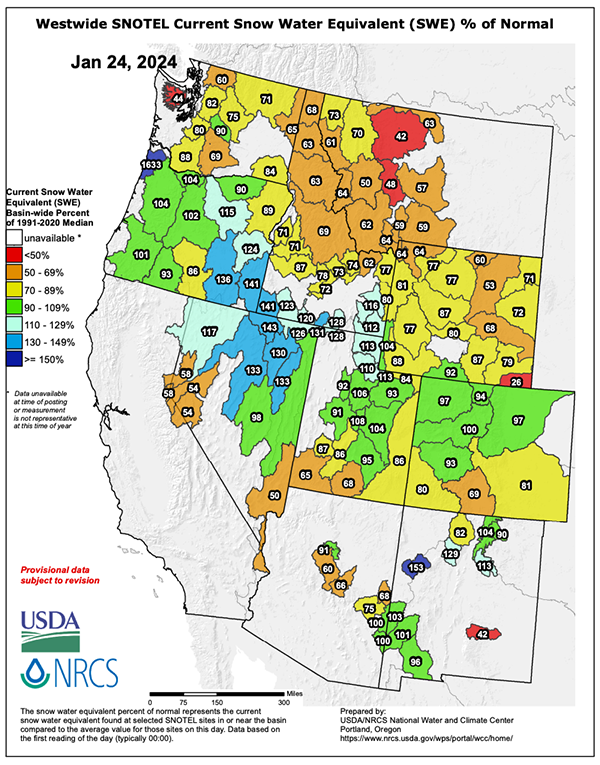
14-Day Average Streamflow Conditions: January 25, 2024
Key takeaway: Several important streams in Colorado, New Mexico, and Arizona report 14-day average streamflows in the 10th–24th percentiles, compared to historical streamflows for the same period.

20cm Soil Moisture Percentile: January 21, 2024
Key takeaway: The National Weather Service Colorado Basin River Forecast Center (CBRFC) reports the Fall 2022 soil moisture conditions for the Colorado River Basin are near to below normal. Conditions are near/above average in Northern basins and below average in Southern basins, which is worse compared to Fall 2022.
The map below shows soil moisture conditions based on in situ measurements. Soil moisture at 20cm depth falls between the 20th–30th percentile of historical measurements for this day of the year in most of Colorado and the north central portion of New Mexico
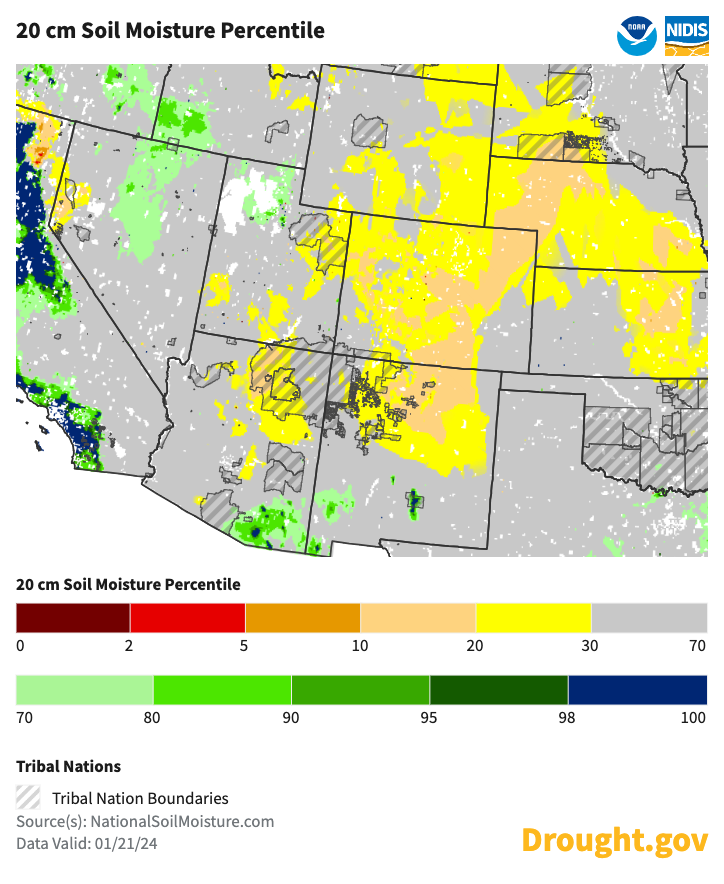
Reservoir Levels
Key takeaway: Most small to medium sized regional reservoirs are full, nearly full, or have above-average storage capacity in the northern portion of the Intermountain West. Elephant Butte reservoir in Southern New Mexico is only 24.6% full, and persistent drought continues across the state.
Larger reservoirs in the Colorado River Basin vary: Flaming Gorge in Wyoming is 86% full; Navajo Reservoir in New Mexico is 66% full; Blue Mesa in Colorado is 69% full; and Lake Powell is currently 35% of capacity, as of January 23, 2024.
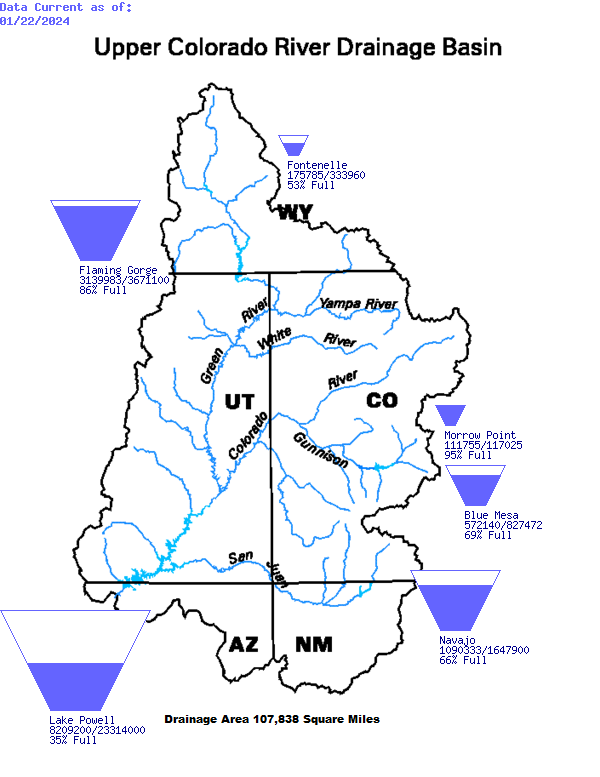
Outlooks and Forecasts for the Intermountain West
El Niño–Southern Oscillation (ENSO)
- As of January 22, 2024, NOAA’s Climate Prediction Center (CPC) published an El Niño Advisory, reporting that equatorial sea surface temperatures are above average across the central and eastern Pacific Ocean, and that tropical Pacific atmospheric anomalies are still consistent with El Niño.
- El Niño is expected to continue for the next several seasons, with ENSO-neutral favored during April–June 2024 (73% chance).
- El Niño conditions for the winter months have historically resulted in a higher probability of normal to above-normal precipitation.
Precipitation Anomalies During November–March El Niño Events

8–14 Day Temperature and Precipitation Outlooks: January 31
- Temperature: February 2–8, 2024 is likely to be near to above normal for the far-eastern portions of the Intermountain West, with below-normal temperatures in the rest of the region.
- Precipitation: The Climate Prediction Center's 8–14 day outlook (valid February 2–8, 2024) suggests wetter-than-normal conditions for this time of year for all of the Intermountain West region.
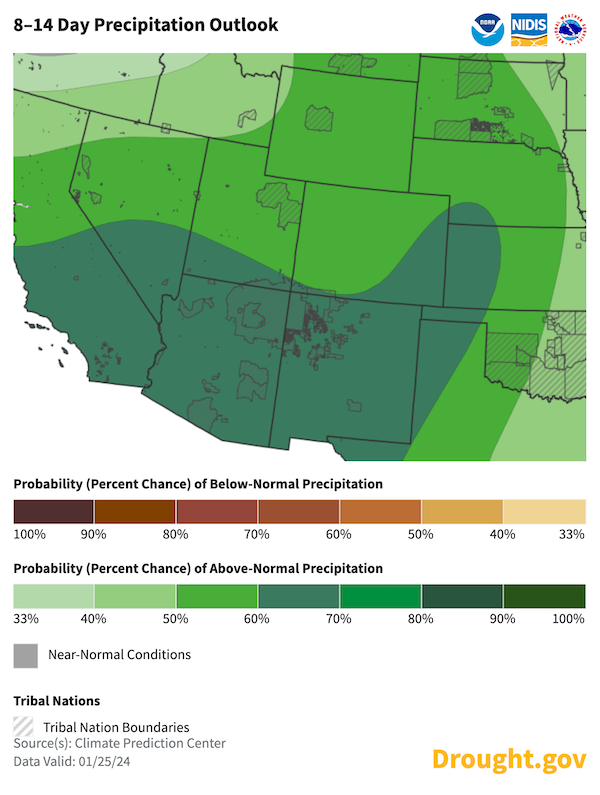
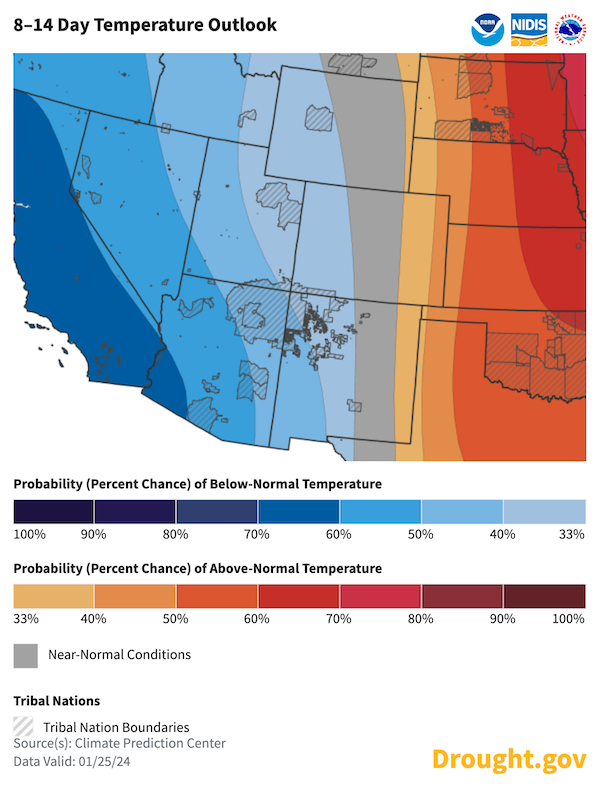
3-Month Outlook for February–April 2024
- Temperature: The Climate Prediction Center's February–April 2024 outlook suggests a 33%-40% chance for warmer-than-average temperatures for Utah. There are equal chances of average, above-average, and below-average temperatures for Wyoming, Colorado, New Mexico, and Arizona.
- Precipitation: Most of the Intermountain West has equal chances of above-, below-, or near-normal precipitation for February–April 2024. In southwestern Arizona there is a 33%-40% probability of above-normal precipitation.
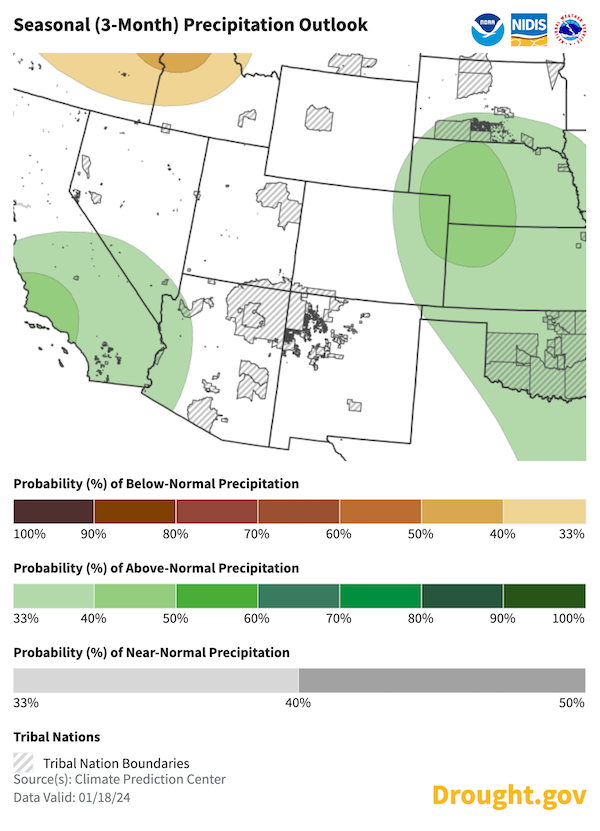
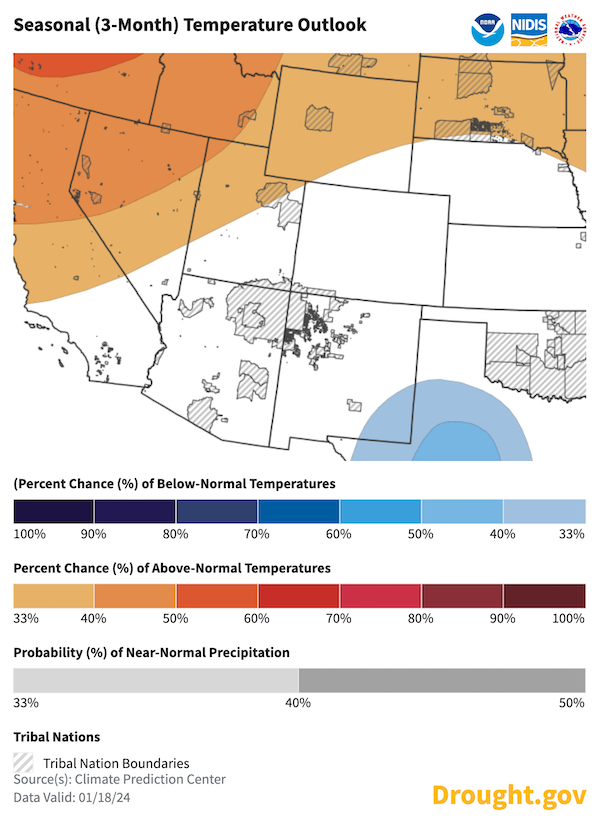
For More Information
NIDIS and its partners will issue future Drought Updates as conditions evolve.
More local information is available from the following resources:
- Your state climatologist
- Your local National Weather Service office
- Western Water Assessment: Intermountain West Climate Dashboard
- Climate Assessment for the Southwest: Southwest Climate Outlook
Prepared By
Gretel Follingstad, PhD
NOAA/National Integrated Drought Information System (NIDIS), CU Boulder/CIRES
Erinanne Saffell
Arizona State Climatologist/Arizona State University
Jon Meyer
Utah Climate Center/Utah State University
Andrew Mangham
NOAA/National Weather Service- Albuquerque, NM
Tony Bergantino
Water Resources Data System – Wyoming State Climate Office
Tony Anderson
NOAA National Weather Service- Cheyenne, WY
Peter Goble
Colorado Climate Center/Climatologist and Water Availability Specialist
This Drought Status Update is issued in partnership between the National Oceanic and Atmospheric Administration (NOAA), and the offices of the state climatologist for Arizona, Colorado, New Mexico, Utah, and Wyoming. The purpose of the update is to communicate a potential area of concern for drought expansion and/or development within the Intermountain West based on recent conditions and the upcoming forecast. NIDIS and its partners will issue future Drought Updates as conditions evolve.



